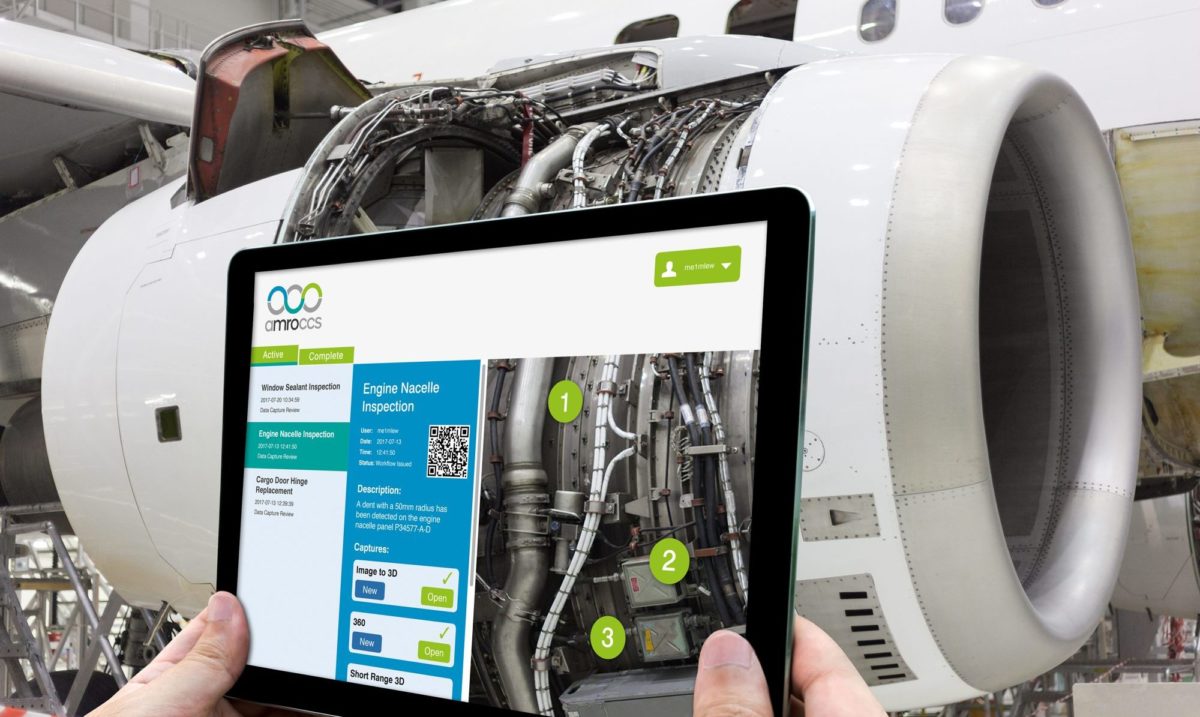It is not uncommon to hear agriculture is the biggest reason for global warming due to its inefficient use of water and other resources such as pesticides, which result in leakages into the surrounding environment (Animalsaustralia.org, 2008). Alongside this a lot of poorer third world countries are reliant on agriculture as it makes up a large percentage of their GDP (Sawe, n.d.). These poorer farmers are unable to make the necessary investments to ensure efficient use of Enri mentally friendly pesticides and more sustainable technologies for water efficiency and farming methods. This inefficient and unsustainable use of resources coupled with rising population and therefore increasing demand for food creates an unfavourable circumstance for trying to prevent global warming and sustain the population growth of the planet.
Artificial Intelligence may pose a solution to this problem. Instead of having to expand their farms and as a result bun down forests to create land in the pursuit of economies of scale and consequently cheaper food for consumers (J. Sexton, 2018). Farmers can instead focus on improving the efficiency of their current farms to reduce spoilage, as well as crop disease and malnourishment/ dehydration.
For instance, according to the European Space agency, satellite imagery is being use to assess yields. Furthermore, satellites thermal imagery and optical sensors can help predict crop health, maturity and hydration (Earth.esa.int, 2018). Alongside this, Airbus is incorporating AI into their satellite imagery data, so that they can obtain real-time insights from their satellite imagery (Airbus, 2019). Combining the two technologies – satellite imagery data and AI – can help farmers in poorer regions and all over the world manage the irrigation systems better. As well as improve monitoring of the health of their plants to ensure that chemicals and other substances sprayed on the crops are being used efficiently and only sprayed in those necessary areas. This will help combat inefficient use of resources such as pesticides and water, reducing environmental impact as well as improving crop yields. Which may prevent farmers from having to destroy forests to make room for agriculture and instead focus on improving current yields with this technology. This can me utilized in poorer countries due to the abundance of satellite imagery data (Airbus, 2019). As well as cloud processing technologies.
References
Airbus. (2019). Airbus turns imagery into insight with The OneAtlas Platform. [online] Available at: https://www.airbus.com/newsroom/press-releases/en/2019/02/airbus-turns-imagery-into-insight-with-the-oneatlas-platform.html [Accessed 16 Oct. 2019].
Animalsaustralia.org. (2008). The biggest cause of global warming that scientists need you to know about. [online] Available at: https://www.animalsaustralia.org/features/lets-talk-about-climate-change.php [Accessed 12 Oct. 2019].
Dixler Canavan, H. (2018). Yelp Turns 10: From Startup to Online Review Dominance. [online] Eater. Available at: https://www.eater.com/2014/8/5/6177213/yelp-turns-10-from-startup-to-online-review-dominance [Accessed 8 Oct. 2019].
Earth.esa.int. (2018). Agriculture – Earth Online – ESA. [online] Available at: https://earth.esa.int/web/guest/earth-topics/agriculture [Accessed 16 Oct. 2019].
J. Sexton, R. (2018). Large scale farming is driven by a relentless quest for efficient production and concentration along the food supply chain – Richard Sexton. [online] Large Scale Agriculture. Available at: https://www.largescaleagriculture.com/home/news-details/large-scale-farming-is-driven-by-a-relentless-quest-for-efficient-production-and-concentration-along/ [Accessed 11 Oct. 2019].
Sawe, B. (n.d.). Countries Most Dependent on Agriculture. [online] WorldAtlas. Available at: https://www.worldatlas.com/articles/countries-most-dependent-on-agriculture.html [Accessed 16 Oct. 2019].


